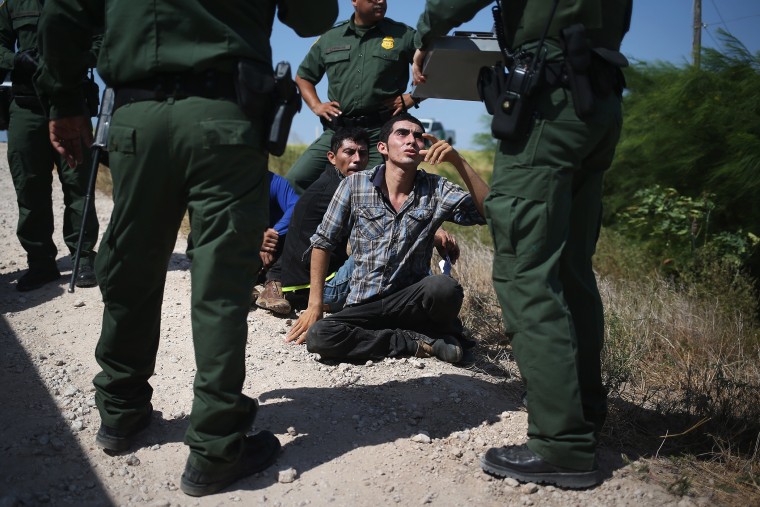An internal review conducted by the U.S. Customs and Border Protection rejected body cameras as an unnecessary enforcement tool, even in light of heightened scrutiny into cases where agents used excessive -- and even deadly -- force while patrolling the U.S.-Mexico border.
The yearlong staff report, reviewed by the Los Angeles Times and Associated Press, found a host of issues with implementing a wide-scale body camera program, from financial costs, to damage to agent morale and ineffectiveness in the field, the news organizations reported.
The review was initiated last year amid the release of damning reports that highlighted the frequency of instances in which agents used excessive and lethal force. For watchdog groups keeping tabs on the law enforcement presence along the border, the revelations also exposed a troubling lack transparency in the process and an unclear system of accountability for agents.
The agency has since instituted new reforms to blunt the criticism -- roughly 90 agents were involved in a pilot program across the country to test body cameras.
A summary of the internal review is from an August draft report that has not been released to the public. Jenny Burke, a spokeswoman for Customs and Border Protection, told the Los Angeles Times that the report has not yet been approved by Commissioner R. Gil Kerlikowske, and that the agency has sought to be open and transparent about the process.
"The draft report referenced is a dated version that does not reflect the agency's deliberations over the past months or conclusions of CBP leadership," the agency said in a statement provided to the Times and AP.
CBP employs roughly 60,000 people, with more than 21,000 boots on the ground patrolling the U.S. border, giving it the potential to become the largest law enforcement agency in the country to adopt a body camera program for officers. Local agencies have volunteered for the technology in light of the social and political unrest sparked by the death of Michael Brown, an unarmed black teen who was shot dead by a Ferguson police officer in Missouri. Proponents argue that cameras help eliminate uncertainty when excessive force is used and may help protect officers with an unvarnished account of events.
“Body-worn cameras have the potential to provide huge benefits for Customs and Border Protection and the public,” said Jacinta Ma, Director of Policy and Advocacy at the National Immigration Forum. “As the largest law enforcement agency in the country, CBP has an opportunity to step up."
